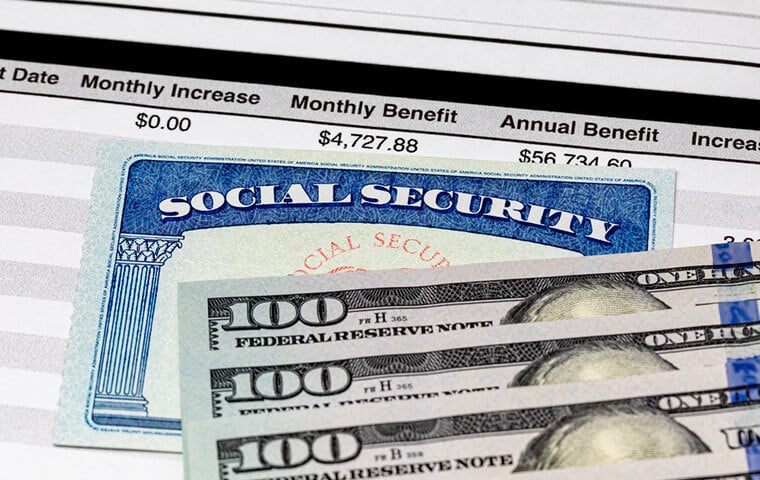 An earnings test is also set to rise. Image: J.J. Gouin/Shutterstock.com
By: FEDweek Staff
An earnings test is also set to rise. Image: J.J. Gouin/Shutterstock.com
By: FEDweek StaffSeveral key figures are increasing for 2025 in the Social Security program affecting both current employees and retirees.
For the former group, the 6.2 percent Social Security payroll tax will apply on up to of $176,100 earnings, up from $168,600. For FERS employees, that tax cuts off at that threshold and from there on they pay only the civil service retirement contribution (which is either 0.8, 3.1 or 4.4 percent, depending on when they were hired).
Above the cutoff CSRS Offset employees continue to pay their same 7 percent total (6.2 into Social Security and 0.8 into the federal retirement fund) but all the money after that point goes into the federal retirement fund instead. Employees under “pure” CSRS don’t pay the Social Security payroll tax.
For those drawing Social Security benefits, the earnings test applying to beneficiaries aged 62 through that program’s “full” retirement age (66 and ten months, for those starting to draw benefits in 2025), will rise to $23,400 from $22,320. Those beneficiaries lose $1 in Social Security benefits for every $2 in earnings through employment or self-employment above the limit.
A separate earnings test applies only to earnings for months in the year an individual reaches full retirement age but prior to the individual attaining that age. One dollar in benefits will be withheld for every $3 in earnings above $62,160, up from $59,520. There is no limit on earnings beginning the month an individual attains full retirement age.
For purposes of determining the benefit offset under the windfall elimination provision, the annual “substantial earnings” threshold will rise to $32,700 from $31,275. The WEP reduces Social Security benefits of CSRS retirees who have enough years of earnings under each system to qualify for a benefit from each, but who don’t have at least 30 years of Social Security-covered earnings above the annual threshold. The maximum reduction is about $600 a month but is less for those with between 20 and 30 years of earnings above the threshold.
OPM Advises Agencies on Conducting RIFs During Shutdown
Updated Shutdown Contingency Plans Show Range of Impacts
Use Shutdown as Justification for More RIFs, OMB Tells Agencies
Unions Win a Round in Court Disputes over Anti-Representation Orders
Deferred Resignation Periods End for Many; Overall 12% Drop
Senate Bill Would Override Trump Orders against Unions
See also,
How to Handle Taxes Owed on TSP Roth Conversions? Use a Ladder
The Best Ages for Federal Employees to Retire
Best States to Retire for Federal Retirees: 2025

